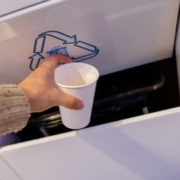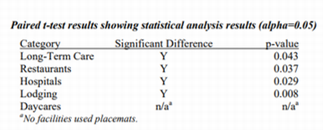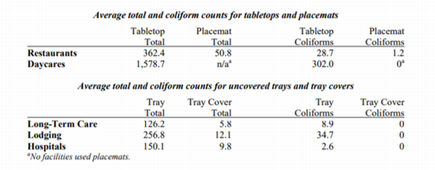Spartanburg County Introduces Paper Cup Recycling
Over 125,000 households in Spartanburg County can now recycle their clean and empty paper cups at drop-off bins across the county. Spartanburg is the latest community in a broader regional initiative across the Carolinas to expand recycling programs by adding hot and cold paper cups to the list of accepted materials.
This expansion is made possible through a partnership with the Foodservice Packaging Institute (FPI), a leading industry association working to increase recovery of foodservice packaging. Over the past few years, FPI has worked closely with material recovery facilities (MRFs) and paper mills in the Carolinas to add this highly desirable fiber as an acceptable commodity for recycling programs. Spartanburg County is the first FPI community partner in South Carolina — and the fourth in the Carolinas — to join this initiative, marking a major step forward for regional sustainability efforts.
“We’re proud to expand our recycling program to include paper cups,” said Travis Brown, Director of Public Works for Spartanburg County. “This adds a valuable material to our recycling stream and provides residents with a simple way to reduce waste and contribute to a more sustainable community.”
Residents throughout the county are now able to recycle a wide range of foodservice items, including paper cups, plastic cups and containers, clean and empty pizza boxes, paper bags, paper containers such as sandwich and fry boxes, drink carriers, and aluminum foil food packaging.
The county will launch an educational campaign to raise awareness about the inclusion of paper cups in the local recycling program and inform residents of best practices. This includes emptying any liquid, tossing the lid in the trash, and recycling the clean and empty cup in one of the 17 recycling drop-off locations located throughout the county. Spartanburg County will kick off the campaign on April 16, and will feature a revamped recycling flyer, new signs at recycling drop-off locations, social media posts, video animations and digital ads.
“We’ve been working with communities across the Carolinas to expand paper cup recycling, and we’re excited to see Spartanburg County become the first in South Carolina to take this step,” said Natha Dempsey, president of the Foodservice Packaging Institute. “This partnership is an important milestone in our efforts to increase the recovery of foodservice packaging and make recycling more accessible to residents. Spartanburg County’s leadership in this initiative sets a great example for other communities to follow.”
Once collected, the paper cups are sent to various local recycling facilities for processing, including Sonoco Recycling in Spartanburg, Pratt Recycling in Duncan, and Canusa Hershman in Wellford. Once sorted and baled, the recovered paper will be sent to the Sonoco paper mill in Hartsville, where it will be turned into new products, such as tubes and cores for paper, textiles, specialty films, other wound products, and uncoated recycled paperboard.
Learn more about recycling in Spartanburg County at www.spartanburgcounty.org/203/What-and-Where-Can-I-Recycle.



